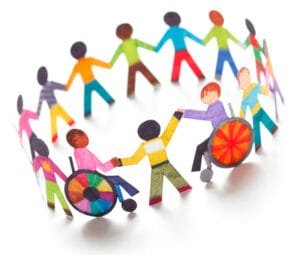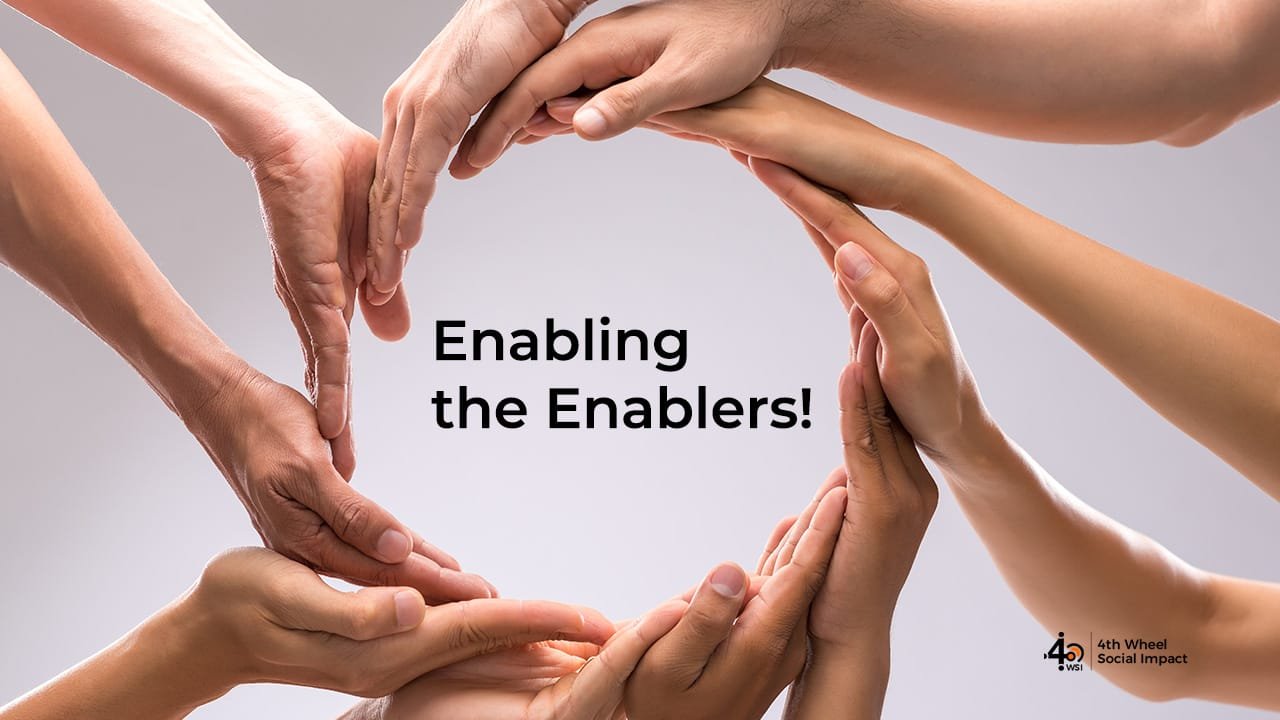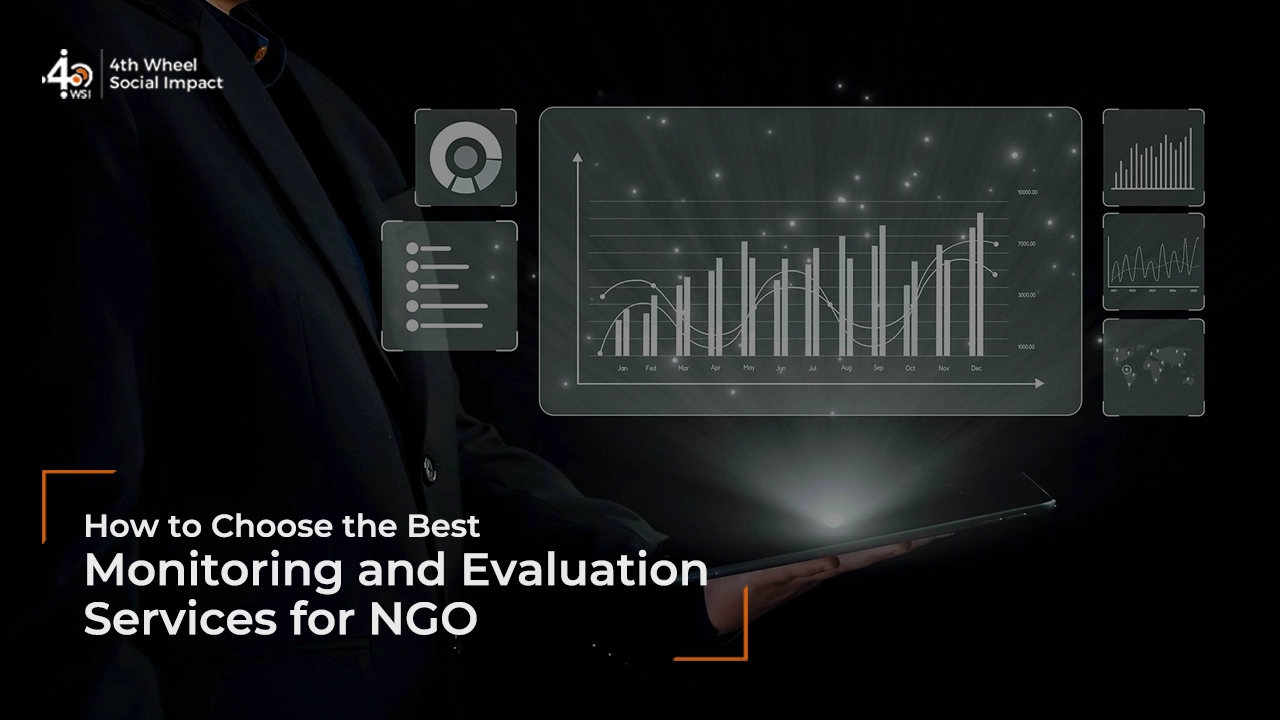Since the past few weeks I have been reading a lot on disabilities and how Persons with Disabilities (PwDs) form the world’s largest unheard minority. Being seen as the cursed ones, or outcomes of their evil past, PwDs have come a long way from there to be looked at as complete human beings. But is this actually true? Though India has one of the most progressive laws to protect the rights of PwDs, how many of us have seen a PwD working with us in our office, or taking a further step back, how many of us have had PwDs studying at the same educational institutes where we had studied? Doesn’t it ring a bell? Though laws protect them to be seen as equal, society thinks unlikely, keeping them astray from mainstream society.
Looking at the past trends, only a few mainstream schools in India have been fully accessible. Moreover, accessibility comes at a higher cost, forcing the disabled to think over whether this world wants them to pay more, to obtain the same knowledge. And even if they manage to pay extra, will they get a dignified livelihood owing to the incapable perspective attached to the disabled?

On learning that the progressive policy-level interventions by the government were not translating into real empowerment, some organisations have taken charge of empowering PwDs to help them live a life of dignity in society. One such organisation which I feel is doing wonderful work towards this goal is Samarthanam, Bangalore. Their collaborations with various schools across the country, in educating them about disabilities, accessibility, and inclusiveness, have mainstreamed many young minds, who else would have strayed away from a progressive life. Those who cannot afford to get admission to such schools, have special schools to go to. Equipped with the latest state-of-the-art assistive technologies like screen reading software and braille printers for the visually challenged, fully accessible campus, inclusion into sports, arts, and culture, these schools have been giving good quality education with all the other extra-curricular activities as mainstream schools. Following good education, they have the Livelihood Resource Centres (LRCs), to equip PwDs to get a few additional skills that’ll help them work better in the professional world. Following training these LRCs even have a dedicated Placement cell to provide sustainable livelihood opportunities to the trainees.
The biggest gap which I feel exists and Samarthanam tries to fill, is the inclusion of the disabled into sports and arts and culture. The recent Blind Cricket World Cup organized by them has given hope to many that even without eyesight, one can play sports. The Visually Impaired cricketers, who would never even have dreamt of travelling the world and being cheered by their fans would have got the shock of their life when they won the Blind Cricket World Cup in 2012 and then again in 2016 for India.
These stories of inspiration are what drives the PwDs to break the shackles and come forward to be a part of mainstream society. With more such organisations and innovative initiatives coming up, I hope one day PwDs will be looked at as enablers, as leaders, with their contributions valued equally as any other person on the planet.
This blog is written by Jerrin Y. Thomas, Associate Consultant at 4th Wheel Social Impact.




